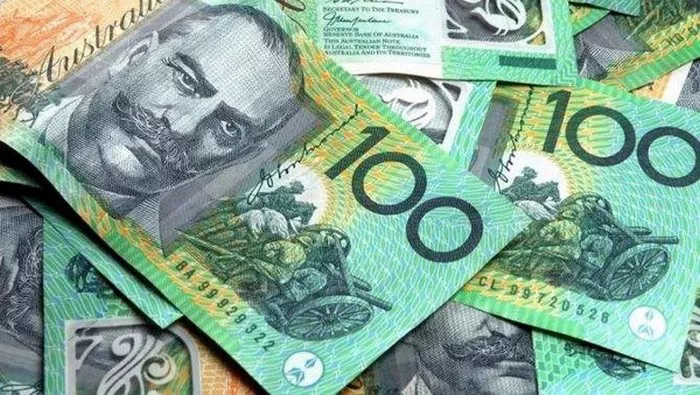The Australian dollar is the official currency of the Commonwealth of Australia. It has been in circulation since 1966, replacing the Australian pound. The currency is often referred to by its nickname “the Aussie,” and it is one of the most traded currencies in the world. In this article, we will explore how much an Australian dollar is worth in terms of other major currencies, as well as some factors that impact its value.
Exchange Rate
The exchange rate is the value of one currency in relation to another currency. The value of the Australian dollar fluctuates against other major currencies such as the US dollar, Euro, British pound, Japanese yen, and Chinese yuan. As of June 25, 2023, the exchange rate for one Australian dollar is as follows:
– 1 AUD = 0.6865 USD
– 1 AUD = 0.5999 EUR
– 1 AUD = 0.5087 GBP
– 1 AUD = 75.7504 JPY
– 1 AUD = 4.3977 CNY
It’s important to note that these exchange rates are constantly changing based on various economic and political factors.
Factors Affecting the Value of the Australian Dollar
There are several factors that can impact the value of the Australian dollar. Some of these factors include:
1. Interest Rates: Interest rates play a significant role in determining the value of a currency. When the central bank of a country raises interest rates, it makes the currency more attractive to foreign investors, which can increase demand for the currency and drive up its value. Conversely, when interest rates are lowered, it can make the currency less attractive to foreign investors, leading to a decrease in demand and a decline in its value.
2. Economic Performance: A country’s economic performance can also impact the value of its currency. When a country’s economy is growing, it can attract foreign investors, which can drive up demand for the currency and increase its value. Conversely, when an economy is struggling, it can lead to a decrease in demand for the currency and a decline in its value.
3. Political Stability: Political stability is another important factor that can impact the value of a currency. When a country is politically stable, it can instill confidence in foreign investors, which can increase demand for the currency and drive up its value. On the other hand, political instability can lead to a lack of confidence in the currency, which can lead to a decline in its value.
4. Trade Balance: A country’s trade balance, or the difference between its exports and imports, can also impact the value of its currency. If a country has a trade surplus, it means that it is exporting more goods than it is importing, which can lead to an increase in demand for its currency and an increase in its value. Conversely, if a country has a trade deficit, it means that it is importing more goods than it is exporting, which can lead to a decrease in demand for its currency and a decline in its value.
Overall, the Australian dollar is impacted by a wide range of economic and political factors, making it a complex and dynamic currency to track.
Conclusion
The Australian dollar is one of the most traded currencies in the world and is valued against other major currencies such as the US dollar, Euro, British pound, Japanese yen, and Chinese yuan. Its value is impacted by various economic and political factors such as interest rates, economic performance, political stability, and trade balance. As such, tracking the value of the Australian dollar requires paying attention to a range of different indicators and staying up-to-date on global economic and political developments.


